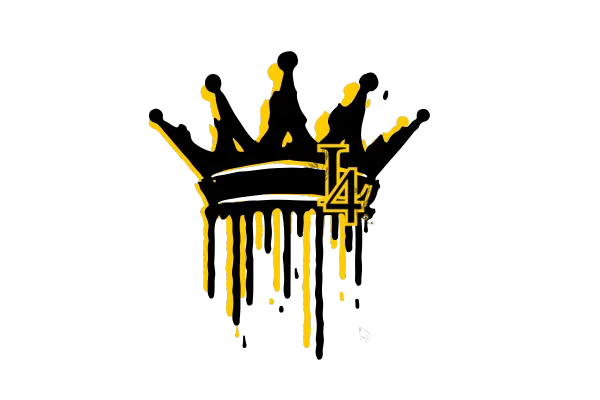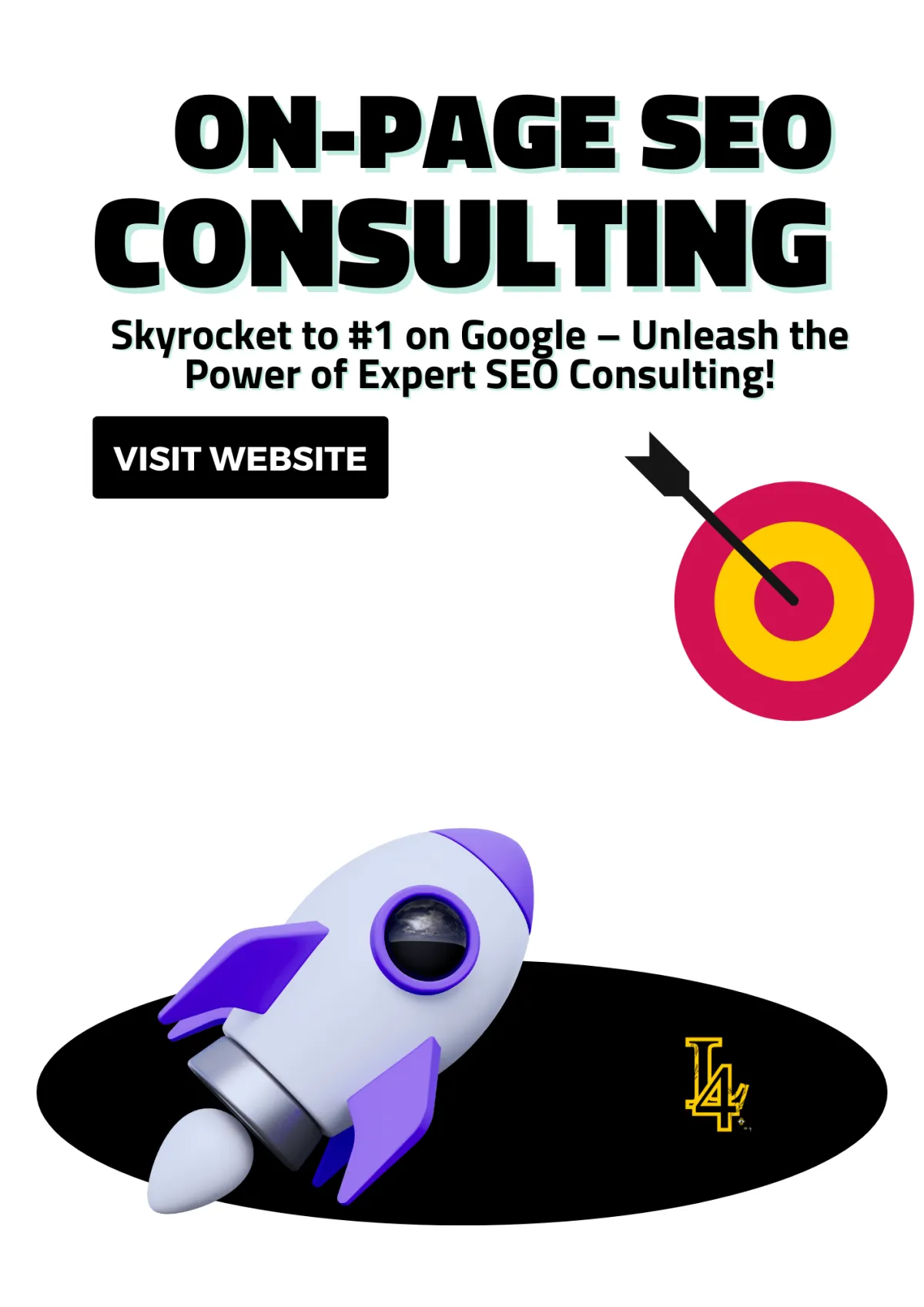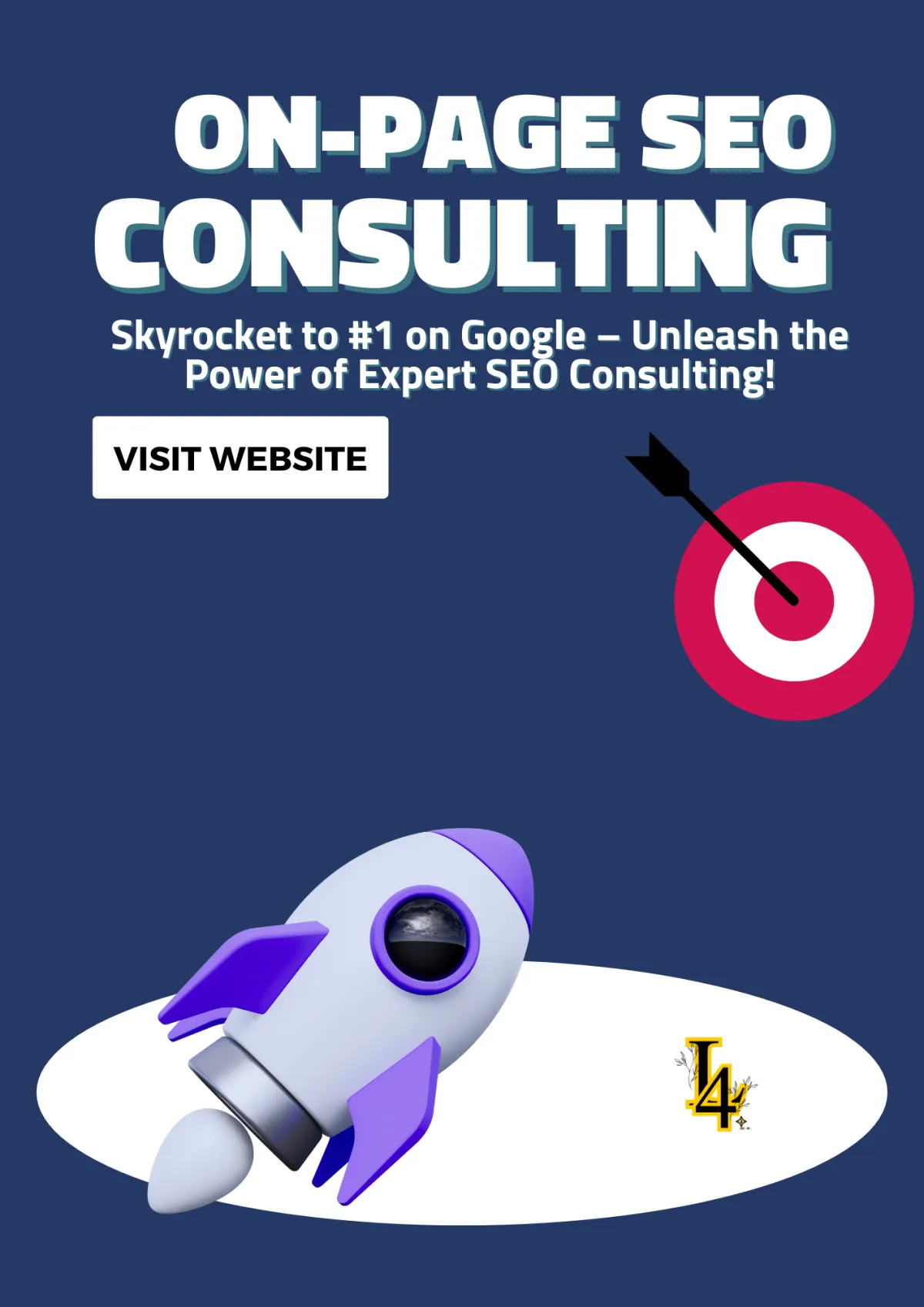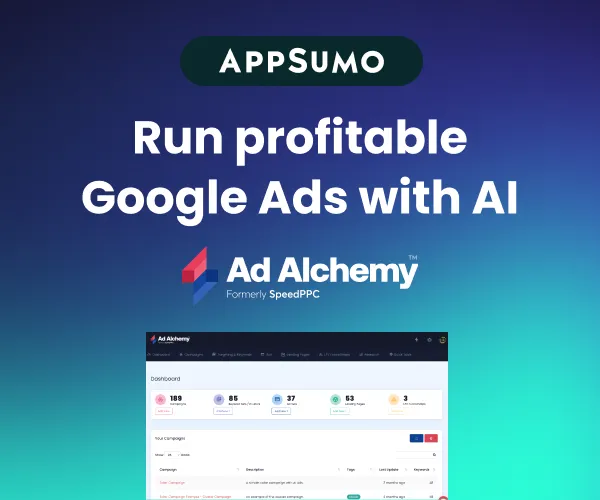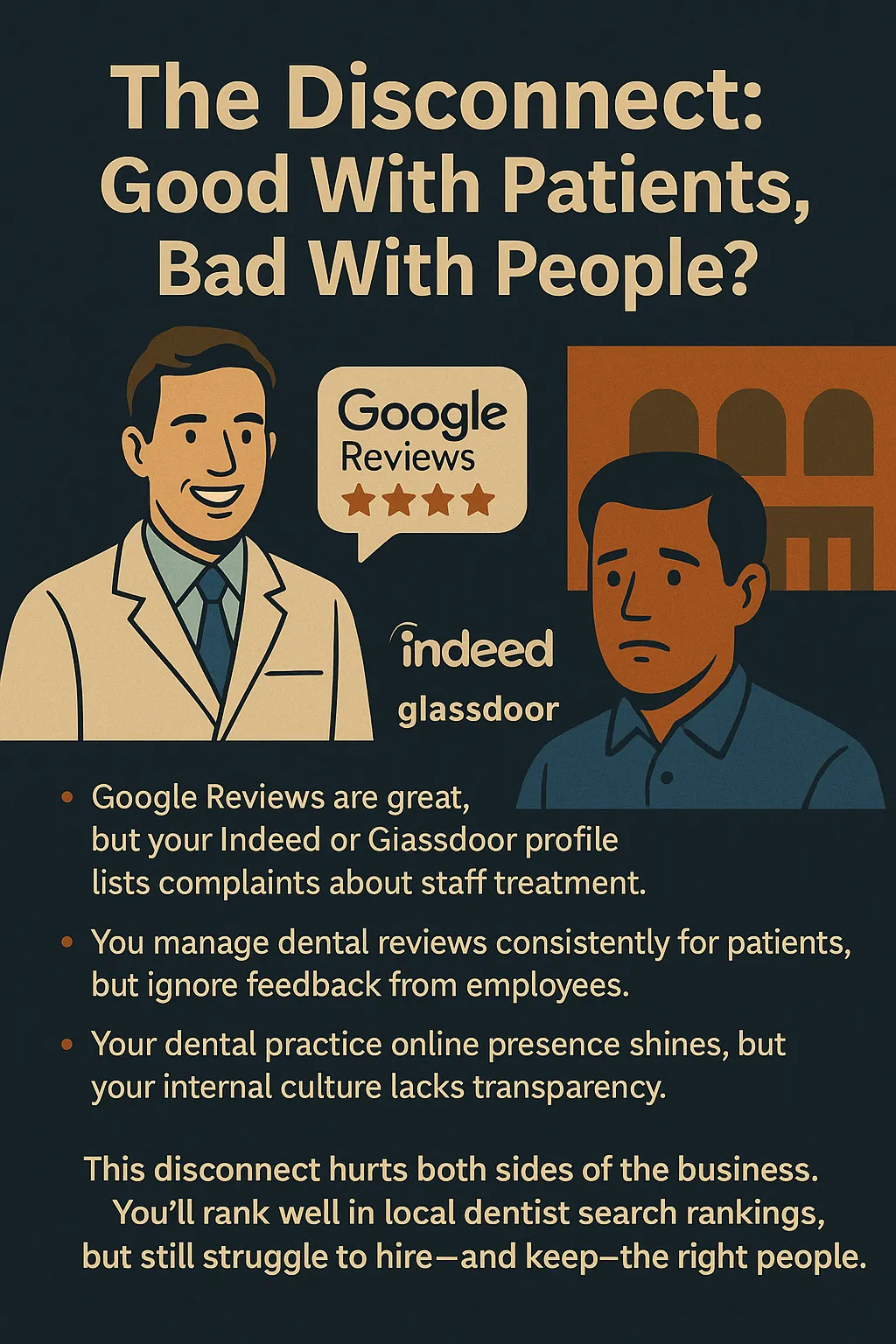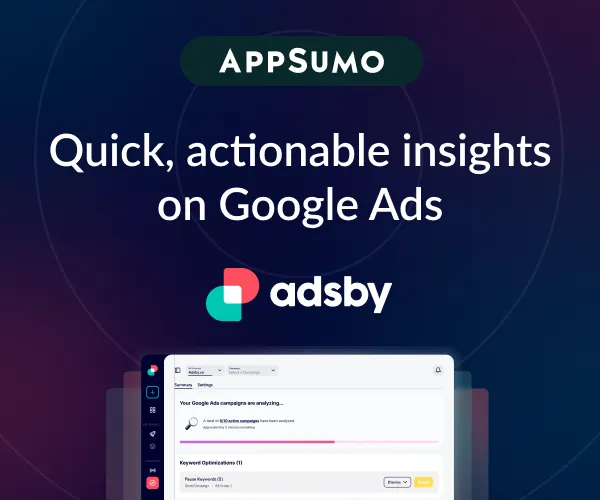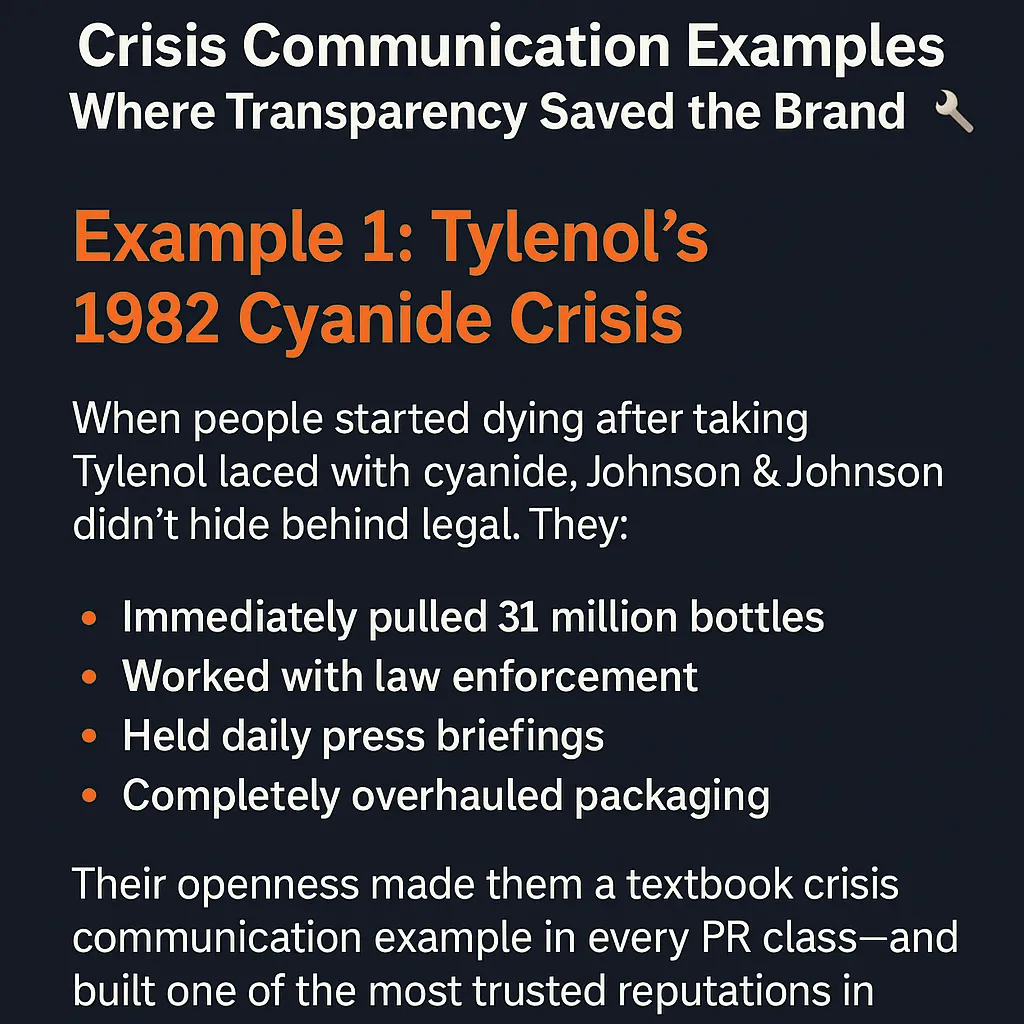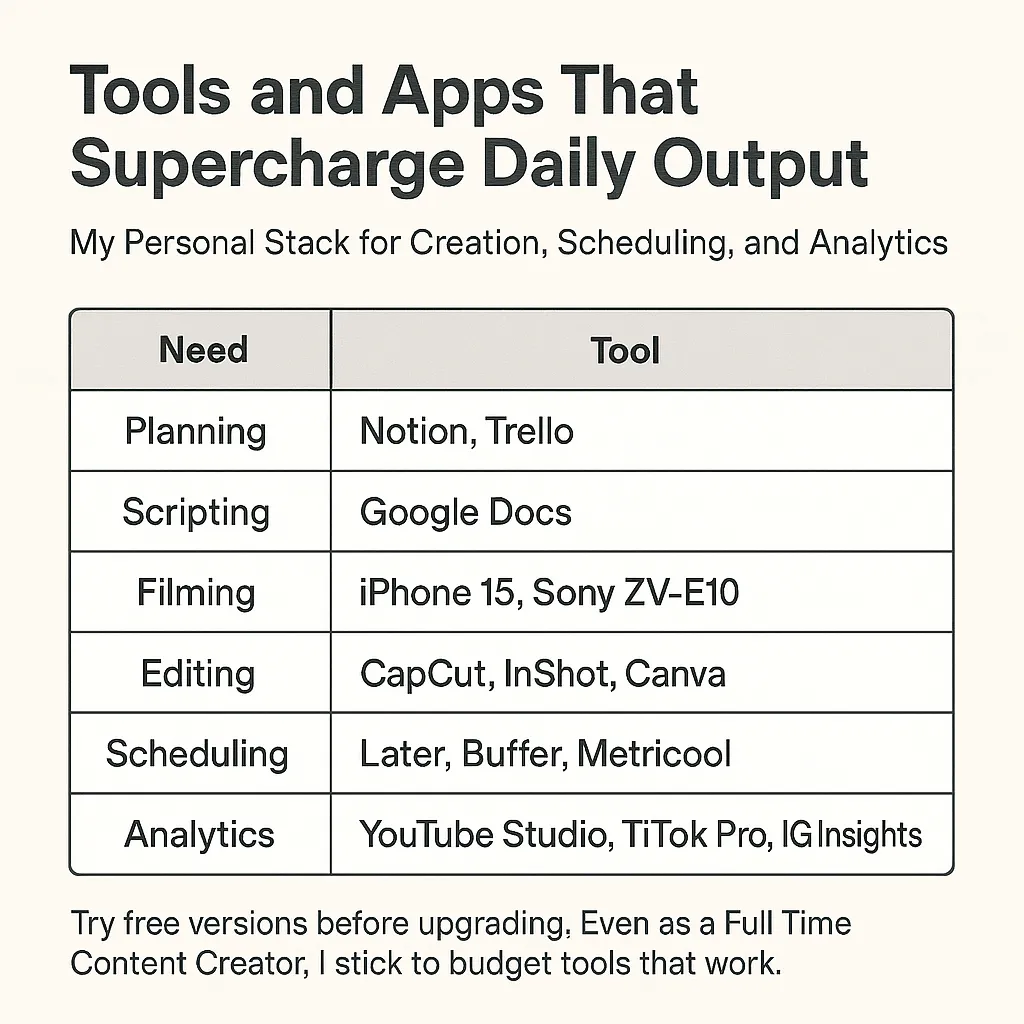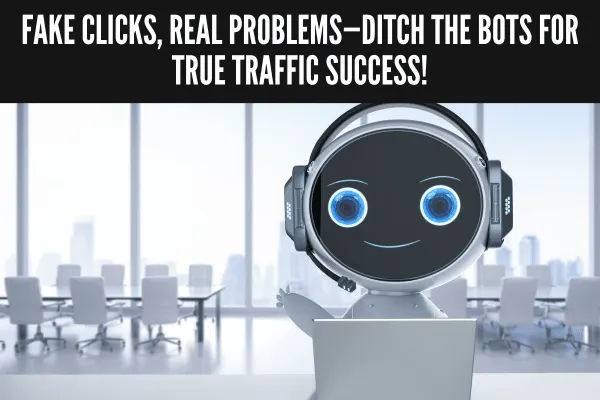
Think Twice: The Risks and Realities of Free Website Traffic Bots
If you’ve ever searched for a quick way to boost your website traffic, chances are you’ve come across free website traffic bots. These tools promise to send waves of visitors to your site without any effort or expense. Sounds too good to be true? That’s because, in most cases, it is.
Here’s a closer look at what free website traffic bots do, the risks involved, and smarter alternatives to grow your website traffic legitimately.
What Are Free Website Traffic Bots?
Traffic bots are software programs designed to simulate human visitors on a website. They generate artificial visits, often by refreshing pages repeatedly or routing fake clicks through proxies to mimic traffic from different locations.
What They Claim to Do
Boost your website’s traffic numbers quickly.
Improve metrics like page views or session counts.
Potentially improve your site’s ranking on search engines.
The Hidden Risks of Using Free Website Traffic Bots
Before you dive headfirst into traffic bots, here are some serious downsides to consider:
1. Fake Traffic Doesn’t Convert
Bots aren’t real users, which means they’re not buying your products, signing up for newsletters, or engaging with your content. High traffic numbers mean nothing if they don’t lead to actual business growth.
Example:
A site generated 10,000 hits using a bot, but the bounce rate was 98%, and not a single sale occurred.
2. SEO Penalties from Google
Search engines like Google are very good at detecting fake traffic. Using bots can lead to penalties that cause your rankings to plummet.
Stat: Google’s algorithms can detect bot traffic with 99.9% accuracy, flagging it as invalid.
3. Skewed Analytics
Your Google Analytics data will become completely unreliable. If bots inflate your numbers, you won’t know which campaigns are truly effective or what content resonates with real users.
4. Risk of Bans or Blacklisting
Using traffic bots can violate terms of service agreements with platforms like Google Ads, affiliate networks, or hosting providers, leading to account suspensions or bans.
Example:
An affiliate marketer used traffic bots to meet click requirements. They were banned from the program and lost months of legitimate earnings.
5. Wasted Resources
If bots overload your server, it could slow down your site or even cause it to crash, frustrating actual visitors.
Smarter, Safer Alternatives to Traffic Bots
Instead of relying on free website traffic bots, here are some legitimate ways to grow your traffic:
1. Focus on SEO
Optimize your site for search engines to attract organic traffic.
Target long-tail keywords.
Optimize meta titles and descriptions.
Improve your website’s speed and mobile responsiveness.
2. Leverage Social Media
Drive traffic by sharing valuable content on platforms like Instagram, Twitter, LinkedIn, or Pinterest. Use trending hashtags, post consistently, and engage with your audience.
3. Run Paid Ad Campaigns
Invest in pay-per-click (PPC) advertising on platforms like Google Ads or Facebook Ads. Even a small budget can attract highly targeted traffic.
4. Build an Email List
Email marketing is one of the most cost-effective ways to drive repeat traffic to your site. Offer free resources, discounts, or exclusive content to encourage sign-ups.
5. Create Shareable Content
High-quality, engaging content like blog posts, videos, or infographics encourages people to share and link back to your site, boosting your organic traffic.
How to Spot Bot Traffic on Your Website 🚨
When I first encountered bot traffic on one of my websites, I was thrilled to see the numbers spike—until I realized it was all smoke and mirrors. Fake traffic isn’t just misleading; it can wreak havoc on your analytics and SEO strategy. Let me show you how to identify bot traffic before it does serious damage.
Red Flags of Fake Traffic 🛑
Spotting bot traffic isn’t as hard as it seems once you know what to look for. Here are the key signs:
Sky-High Bounce Rates If visitors are leaving your site after just a few seconds, chances are they’re bots. Real users stick around to explore content or take action.
Abnormally Short Session Durations When the average session time drops drastically, it’s a clue that bots are “visiting” your pages without interacting.
Traffic from Strange Locations Check your analytics for traffic sources. If you’re a local business in New York but suddenly see a flood of visitors from unknown international regions, bots could be to blame.
Unexplained Traffic Spikes Sudden, massive jumps in traffic without a corresponding marketing push are almost always fake traffic.
💡 Pro Tip: Use tools like Google Analytics or Cloudflare to dig deeper into traffic patterns and identify potential bot activity.
How to Recover from Traffic Bot Damage 🛠
If bots have already inflated your numbers or hurt your site’s performance, don’t panic—I’ve been there, and recovery is possible! Here’s what I did to clean up the mess and restore trust in my analytics.
Step 1: Analyze and Remove Fake Traffic
Use Google Analytics to filter out suspicious traffic. Create custom filters to exclude known bot traffic sources or IP ranges.
Deploy bot-blocking tools like Cloudflare or Wordfence to prevent bots from accessing your site again.
Step 2: Repair SEO Damage
Fake traffic can throw off your bounce rate, session duration, and keyword rankings. To rebuild:
Focus on creating high-quality content that targets real users.
Use SEO audits to pinpoint and fix weak areas in your site affected by bot traffic.
Submit a reconsideration request to Google Search Console if penalties have been applied.
Step 3: Restore Accurate Analytics
Resetting your analytics is crucial to gaining actionable insights. Here’s how I made sure my data was clean:
Add bot filters to your Google Analytics account to prevent future contamination.
Review key metrics like bounce rate, session duration, and user behavior for signs of improvement.
Focus on real traffic sources like organic search, social media, and email campaigns to rebuild trust in your data.
Real-World Examples of Traffic Bots and Their Impact 🚦
Examples of Bot Traffic Indicators 🚩
Bounce Rate Spikes
Example: A blog post receives 5,000 visits overnight, but the bounce rate hits 95%. Bots were likely behind the traffic.Unusual Session Times
Example: A site normally sees session times of 2–3 minutes, but suddenly averages drop to just 10 seconds.Strange Traffic Sources
Example: A local flower shop gets 3,000 hits from a small town in another country with no marketing there.Sudden Traffic Surges
Example: A dormant landing page with no promotions gets 10,000 visits in an hour.Repetitive Behavior Patterns
Example: Analytics show identical visit durations or paths repeated hundreds of times.Inconsistent Device Usage
Example: 90% of visits are suddenly from obscure browser versions.
Examples of Recovery from Traffic Bot Damage 🔧
Custom Analytics Filters
Example: Exclude IP addresses from suspicious countries using Google Analytics.Blocking Bot Networks
Example: Use Cloudflare to block traffic from known bot IP ranges.Restoring SEO Metrics
Example: Bounce rate drops from 80% to 50% after filtering out bots.Auditing Backlinks
Example: Identify spammy links created by bots and disavow them using Google Search Console.Rebuilding Trust Metrics
Example: Organic search recovers after removing bot-related penalties.Content Focus
Example: Publish keyword-rich articles targeting genuine users and reclaim search visibility.
Lists of Indicators and Solutions 🎯
List 1: Red Flags for Bot Traffic
Unusual spikes in traffic with no marketing activity.
Extremely high bounce rates.
Identical session durations across many visits.
Traffic from unexpected geographic regions.
Referrals from unknown or spammy websites.
Repetitive patterns in navigation behavior.
List 2: Tools to Spot Bot Traffic
Google Analytics: Identify traffic patterns and set filters.
Cloudflare: Monitor and block suspicious activity.
Botify: Analyze traffic quality and detect fake visits.
Semrush: Audit backlinks for spam signals.
UptimeRobot: Monitor uptime and unusual server load.
Crazy Egg: Use heatmaps to spot non-human interactions.
Examples of Legitimate Traffic Recovery 📈
SEO Optimization Post-Bots
Example: After bots inflated bounce rates, focus on long-tail keywords to attract genuine searchers.Campaign Realignment
Example: Pause poorly performing paid campaigns while removing bot-inflated traffic from analytics.Restoring Content Credibility
Example: Publish a customer success story with real engagement data to rebuild trust.Fixing Database Strain
Example: Improve server-side caching after database queries slowed under bot load.Upgrading Hosting
Example: Move from shared hosting to AWS for auto-scaling under traffic surges.
Lists for Traffic Bot Prevention 🛡️
List 3: Smart Marketing Strategies for Real Traffic
Focus on long-term SEO.
Build a social media presence with authentic engagement.
Run PPC campaigns targeting specific demographics.
Partner with influencers for genuine referrals.
Publish high-quality, shareable content.
List 4: Key Metrics to Monitor
Bounce rate and session duration.
Referrals from unknown sources.
Geo-location distribution of visitors.
Page load times under traffic surges.
Real-time server performance.
User paths and behavior patterns.
Real-Life Examples of Bot Impact 📊
Affiliate Ban
Example: An affiliate marketer used bots to boost clicks but was banned by the platform.E-Commerce Struggles
Example: An online retailer’s bots overloaded servers, leading to lost customer sales during peak shopping hours.Skewed Analytics
Example: A service site’s bot traffic made A/B testing results unreliable, leading to poor business decisions.Hosting Costs Ballooning
Example: Bots increased hosting bandwidth usage, doubling monthly costs.
Lists of Best Practices for Traffic Bot Mitigation 🛠
List 5: Steps to Clean Your Analytics
Set up IP filters in Google Analytics.
Use regex to exclude known bot behaviors.
Segment traffic by source and medium to spot anomalies.
Create custom dashboards for real-time monitoring.
Block suspicious bots using Cloudflare.
List 6: Long-Term Strategies to Prevent Bot Damage
Transition to AI-based traffic analysis tools.
Invest in scalable cloud hosting.
Implement CAPTCHA on high-value forms.
Regularly audit traffic sources.
Use monitoring services like Pingdom for alerts.
My Experience Cleaning Up After Bots
When I discovered bots inflating my site traffic, I initially felt overwhelmed. But by taking a step-by-step approach—analyzing data, blocking bots, and focusing on real users—I was able to turn things around. The process taught me an important lesson: real traffic is always better than big numbers. Trust your instincts, keep your data clean, and invest in strategies that attract genuine visitors.
